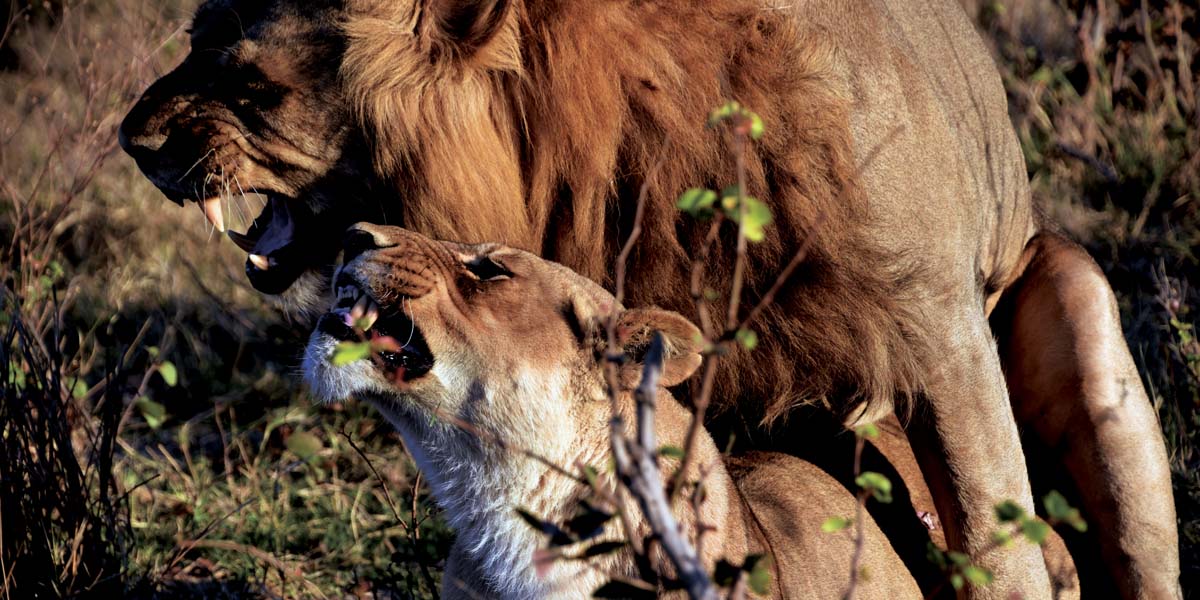
Botswana
Outdoor scenery
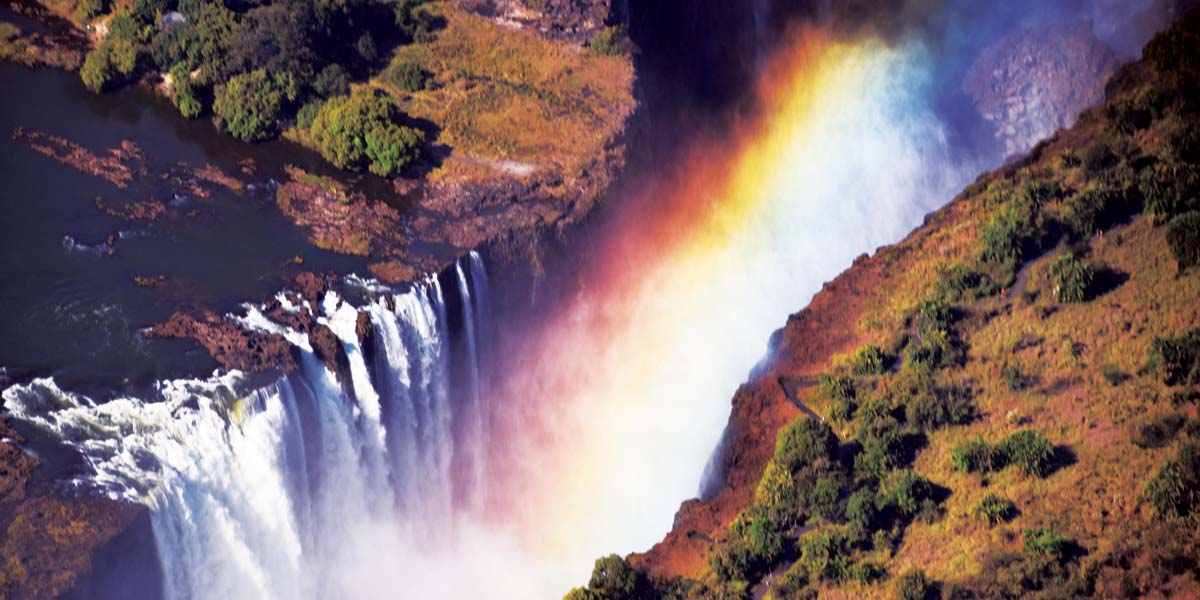
Botswana
The beautiful place...
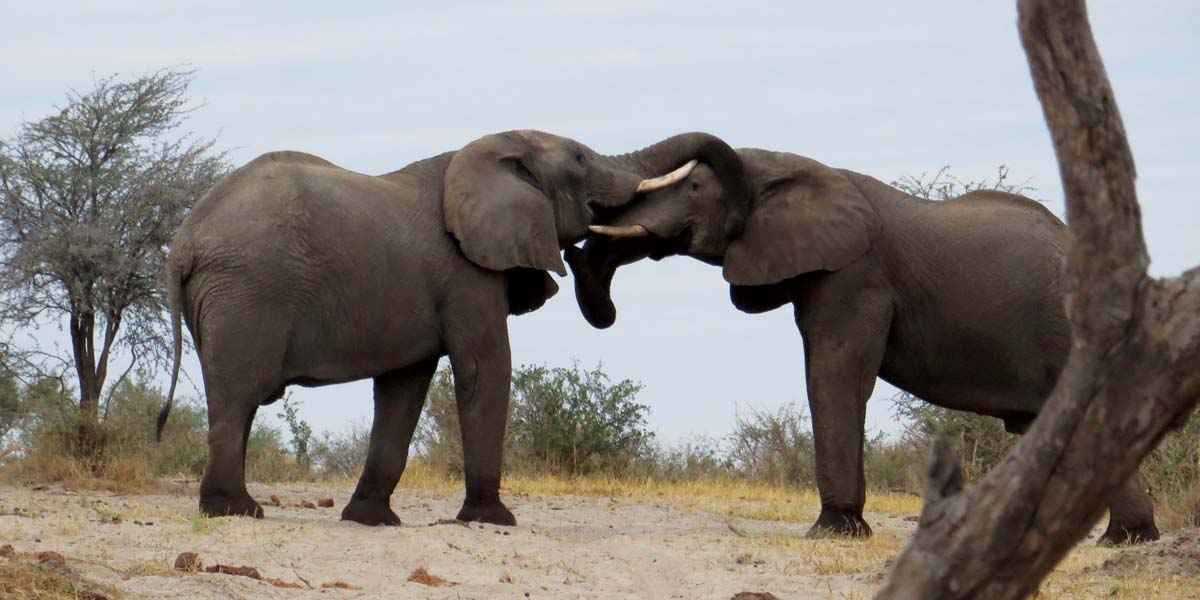
Botswana
scenery
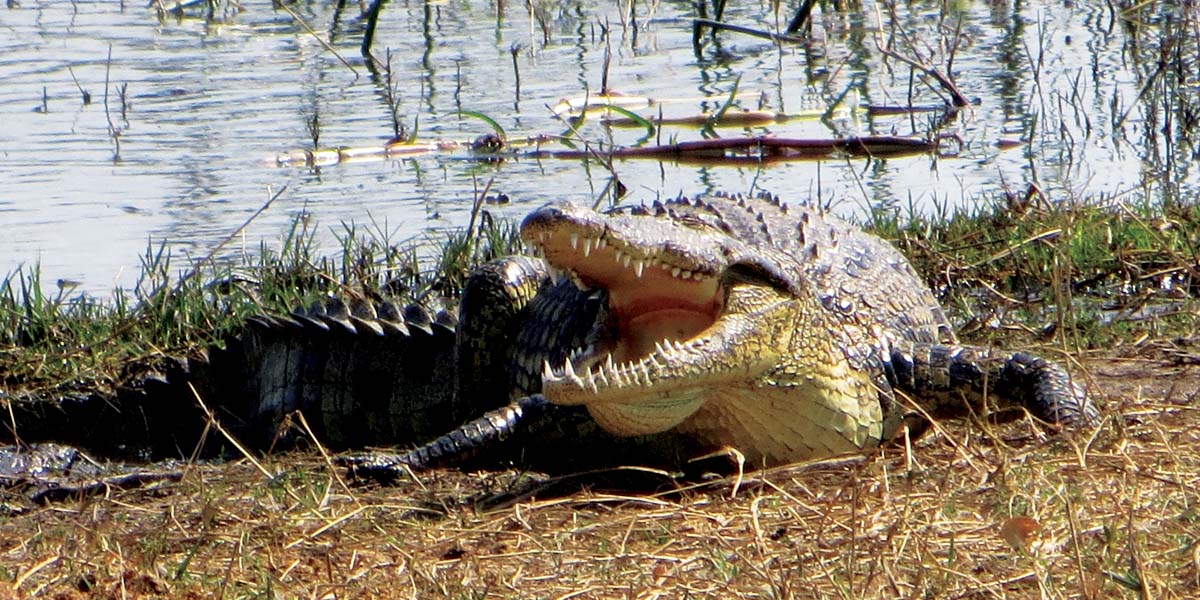
Botswana
A scenery...
TRAVEL
Neeta Revankar reflects on two mesmerising weeks in Botswana – and a brief halt in Zimbabwe
Botswana is a small country, best known for its mines and its wildlife. Surrounded on the south and south-east by South Africa, on the west and north by Namibia, on the North-East by Zimbabwe, and (briefly) on the north again by Zambia, 70 per cent of its territory comprises the Kalahari Desert. One of the world’s most sparsely-populated countries, it has just 2 million humans – less than its population of birds and animals. And they want to keep it that way. With a super low crime rate, and one of the highest GDPs in Africa, a small population both ensures prosperity, and attracts wildlife tourists.
The trip was planned over a casual conversation between friends, and before we knew it, our adventure in the Okavango Delta was booked, a full year ahead! Arriving separately from London and Bangalore, our two families – 4 adults and 3 girls, aged between 15 and 21 – met at Johannesburg Airport. From there, we took a 2.5-hour flight to Maun, in Northern Botswana. Clearing immigration proved to be quite a challenge, requiring about 2 hours, even though we had valid entry visas!
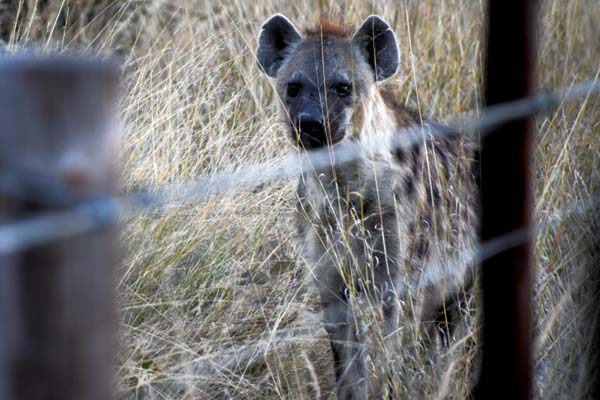 We had a Land Cruiser and a driver/guide with us for our entire, 13-night stay in Botswana. Our itinerary included 3 nights each at Makgadikadi Pans National Park, Gomoti Plains (near the Moremi Game Reserve in the Okavango Delta), Savute Marsh (Chobe), and Linyanti Marsh (Chobe Enclave). Our last night would be spent in the small town of Kasane, on the Chobe River, which is close to the north-eastern edge of Chobe National Park.
We had a Land Cruiser and a driver/guide with us for our entire, 13-night stay in Botswana. Our itinerary included 3 nights each at Makgadikadi Pans National Park, Gomoti Plains (near the Moremi Game Reserve in the Okavango Delta), Savute Marsh (Chobe), and Linyanti Marsh (Chobe Enclave). Our last night would be spent in the small town of Kasane, on the Chobe River, which is close to the north-eastern edge of Chobe National Park.
Even though it would have been more efficient – in terms of both cost and time – to fly between camps, one of our group members had a fear of flying in small aircraft, so we decided instead to drive from one camp to the next. Of course, the other way to cover wildlife in Botswana is by ‘Mobile Safari’, which also happens to be easier on the pocket. A dedicated vehicle carries the tents and staff, who set up camp in allotted sites near the entrance to national parks. They have provisions for shower tents – though many parks do have washrooms available – and even to put up a dining tent right in the middle of the camp. The staff is able to cook simple meals for the guests.
For us, one of the more interesting aspects of the Botswana wildlife experience was staying in tented accommodation at every camp. Typically, there were anywhere from 4-10 tents in each camp, plus a dining tent that would serve as a lounge for guests. We had all the comforts we needed, not least the attached washrooms. Everywhere, we were warned not to step out of our tents alone after 6pm, since we might come in the way of the animals. The Batswana clearly believe that the jungle belongs to the animals, and since these camps lie along wildlife corridors, people should be careful to stay out of the path of the animals. Before going to our tents, we would agree on when to meet next at the dining tent, either for a meal or for a safari round. Accordingly, a guide or other staff member would come to escort us to the meeting point, especially if it was before 6am or after 6pm.
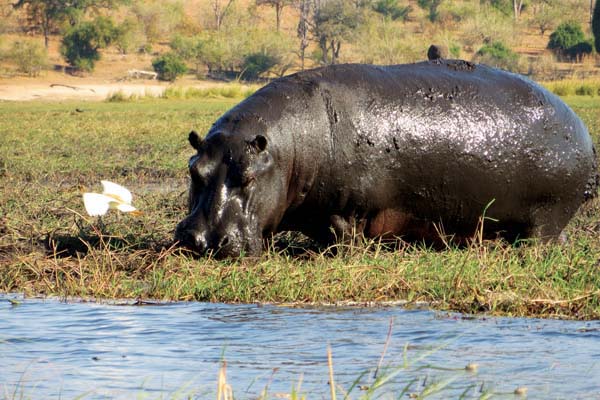
Game drives would typically run from 6.30am to 10.30-11am in the morning, and from 3.30pm to 7.30pm in the afternoon. The daily routine was to wake up at 5am, get to the dining tent by 6am, have a quick breakfast, and leave by 6.30am at the latest. You typically return to your tent for a shower after the morning game drive, and again briefly after lunch, if you require a siesta. (The children would often stay on in the dining tent, reading or playing board games.) After the evening drive, depending on how tired we were, we would either have dinner first, and then get to the rooms to shower and retire for the night, or shower first and then sit down for a leisurely dinner. Throughout the trip, we got to see animals and birds in large numbers – elephants, zebras, giraffes, kudus, wild buffaloes, wildebeest, impalas, warthogs, bucks of various kinds, fish eagles, spotted owls, and lilac-breasted rollers, to name just a few.
On our second day in Botswana, we went on a full-day visit to Nxai Pan National Park, led by our 2 guides – one our personal guide, the other provided to us by the camp. Thanks to their fantastic effort, we spotted a lioness with her two cubs, resting to escape the heat. This was a thrilling experience for us: our first lion sighting! Nxai Pan is known for its cluster of ancient Baobab trees, and of course, the salt pans. The photographers among us tested their skills trying to capture the beautiful salt beds, with the Baobab as the backdrop.
Around 3 hours into the return drive to camp, we saw a lion cub by the mud track we were on. We waited, because the guides heard a call from the mother lioness, and thought we might see her too. In a few moments, we spotted another cub, and soon, both cubs were sauntering along in the direction of the call. Suddenly, we could hear animals running, and the cubs ran into the bushes. Our driver/guide followed the cubs, who were going in the direction of the sounds of running animals. That’s when we saw the lioness chase a herd of wildebeest, grab the one at the end, kill it, and offer it to her cubs. What an experience! The photographers in our group had not even warmed up to what aperture settings and shutter speeds were appropriate for taking such action pictures, and were struggling to capture the sight while discussing the best camera settings…
The next camp was in a newish region in Moremi Game Reserve. Lying on the Eastern side of the Okavango Delta, it has a diverse landscape, including mopane woodland and acacia forests, floodplains, and lagoons. On day 5, at the very end of a largely barren evening game drive, we had the most interesting experience. We asked our guides to take us to a nice spot to capture the sunset, but they had something even better planned for us. Picking up speed, our driver rushed towards a small lake. As we got close, we saw several people, another vehicle, and some lit-up lamps: a surprise sundowner! While enjoying our drinks along with the guides and camp staff, we captured some lovely pictures of the sunset across the lake. And that’s when we heard a roar.
Someone sighted a lioness ambling along, about 200 metres away, calling for a hunt. We were all excited, the cameras were hyper-active, and we prepared ourselves to see the other pack-lions join in the hunt. Busy taking pictures of the first lioness, we saw a second one stroll into the scene, about 100 metres behind. The first one came close to our vehicles (we had alighted for the sundowners)… and just lay down. While the cameras went click, click, click, a third lioness appeared behind the second one – and that’s when the first one called out again for a hunt.
One of the adults drew her teen back into the centre, but the next thing we knew, the guides were quietly ushering us into the vehicles. We were so excited, we didn’t realise that we had entered the wrong vehicle – the one meant for the camp staff! The driver-guides got into their respective seats and started their engines, bringing the two vehicles close to each other so we could all get into the correct vehicle without alighting, which we did quietly. By this time, the sun had gone down almost completely, and the headlights came on. The first lioness got up and moved to our right, the others following her. We thought our guides were following them to catch another hunt in action (more on that later), but it was dark, and very soon, we had to head back to camp. While we were feeling a wee bit disappointed at having missed the chance to witness another hunt, we stumbled upon a leopard behind a tree, and that certainly lifted our spirits. Our first leopard sighting in Botswana! We watched it for a while, walking away from us into the bushes.
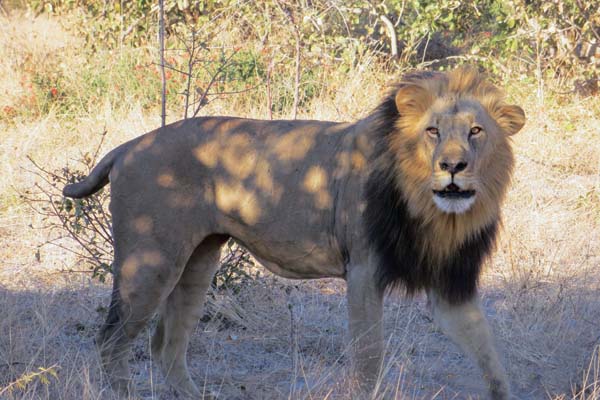
Day 6 saw us head out early in another direction. Near a shallow pond, we saw the same pride of lions walking purposefully towards the other side. Their target: a massive herd of wild buffalo – at least 300-400 of them! The lions dispersed, and we assumed they were trying to figure out the best way to attack. Our guides found a good vantage point from where we could watch a possible hunt, and what transpired next was truly mesmerising. The buffaloes had spotted the lions, and the larger adults took up positions surrounding the herd. Lions know that buffaloes are the most dangerous of animals, and not surprisingly, the pride we were watching decided to hide in the bushes, watching the buffaloes and waiting for the right moment to attack. The two ‘camps’ stayed that way for quite a while, sizing each other up. And then suddenly, a lioness charged, hoping to cause a stampede that would separate the weakest members from the herd. However, the big buffaloes stood their ground, knowing that they had strength in numbers, too. In fact, the leader charged back at the lioness, forcing her to retreat. She stepped back a bit, and rested, while the buffaloes stayed watchful. Once again, she charged, and once again, the buffaloes charged forward. This continued a few more times before the lionesses gave up and moved on, but for us, this almost surreal standoff between lions and buffaloes will stay etched in our memories forever.
Returning to camp, our guides joined us for dinner, as was the custom, and they shared us with an interesting account of what had transpired the previous day, when we saw the lionesses during our sundowner. Apparently, the game drive we had taken was along a newly-opened route, and the animals were not accustomed to human beings. When they saw us standing there, the hunt call they made was actually for us! Our guides only realised this when the first lioness gave the second hunt call, and saw the other lionesses taking positions around us. While we were busy clicking away, they had ushered us into the safety of the open Land Cruisers, which are apparently seen as big, unbeatable beasts. And that’s when the lions had given up the hunt and ambled away. Gosh, we were shocked to hear this! The guides had not revealed this to us the previous night because they wanted us to sleep well, without fear – more so because most camps are located along a river or other water body, and nights are often punctuated by the sounds of the hippos, or the occasional roar of a lion.
At the Savute Marsh, we came across a very different landscape. A relic of a large inland lake whose water supply was cut off by tectonic movements eons ago, the Marsh gets fed by the Savute channel, but only erratically, again owing to tectonic activity. Because of this, there are lots of dead trees along the channel, and also extensive savannahs and rolling grasslands. We had two interesting experiences there. We decided to begin our morning game drive earlier than usual, leaving camp at 5.30am. Just about 10 minutes into the drive, we saw a leopard walking towards us, dragging its kill towards a tree on our right. The ignition switched off, we decided to give the leopard some time to get to the tree before moving our vehicle to a good vantage point. In 2-3 minutes, we resumed our journey in the tree’s direction, but spotted a pack of wild dogs devouring the leopard’s kill. They had snatched the kill, and the leopard had run away – and within 3 minutes, they had entirely consumed the deer! The amateur photographers, unfortunately, couldn’t capture what the naked eye did…
Savute Marsh had many more tourists than we’d seen anywhere else. At most places, we felt like we were the only ones around – which, we learned, is because the government caps the number of tourists allowed at any one time. Our guide learned from another that mating lions had been spotted nearby, and he wanted to take us there. The women in our group did not want to expose our young teens to the sight, and nor did they want to intrude on the privacy of the animals, but the others thought it stupid not to go. After avoiding it for about 24 hours, we eventually went. It was interesting to learn and observe that lions mate every 15-20 minutes, continuously over 3-4 days.
Our next camp was further to the east, at the Linyanti Marsh in Chobe Enclave. We were the only guests there, and so thoroughly enjoyed the hospitality of the staff! We had an opportunity to go on a night safari, too, where we spotted an African civet. To top it all, our guide shared his knowledge of astronomy – and because the sky was so clear, we felt like we were that much closer to it. At Linyanti, we also saw an older lion trying to find its family, roaring and wandering about in search of them. It was quite a sad sight, and though we followed it for a while, we never learned whether it managed to find its group. We also spotted some warthogs, but being shy and quick to run away, they were difficult to photograph.
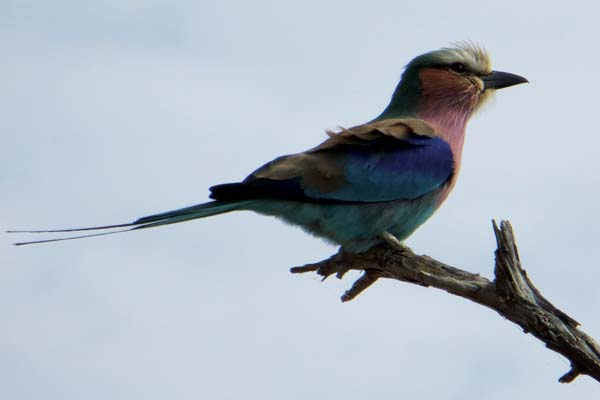
Kasane, our final destination in Botswana, is the gateway to Chobe National Park, and very close to the border with Zimbabwe, Zambia and Namibia. There, we went on a boat safari, which proved to be a completely different experience. It was like we had reached the melting pot of Chobe National Park. The Chobe River, which flows along the north-east border of the park, is a watering spot for large herds of elephants, giraffe, buffalo, and so on. In only a small area, we saw most of the animals that we had come across while traversing the vast landscape of the Okavango Delta. We got to see young elephants fight, a lioness waiting to make a kill, buffaloes, hippos, impalas…the perfect end to an amazing holiday at Botswana
From here, our family crossed the Zimbabwe border to visit Victoria Falls. The border crossing was an experience that I’d like to forget, and we managed to get to The Victoria Falls Hotel only by mid-morning. We managed a tour of the glorious Victoria Falls Park, which has various vantage points to observe the might of the falls. Soon after that, we went for a half-hour helicopter tour, observing the Falls from above – a lovely experience, and a must-do. Late afternoon was spent cruising lazily along the river, sighting birds and animals along the river-bank, but in the evening, we stayed in the safety of our hotel. (We were told that Zimbabwe is not a safe country, especially at night.) The next morning, we went on a ‘Walking with the Lions’ tour, which proved to be a controversial decision. Just before we were to leave, our booking agent told us that the organisers of this particular event were unscrupulous people that harm the lions, and that we should not encourage them by going. However, the payments had been made, and it was too late for us to cancel, so we went and walked with the lion cubs. It was an interesting experience, and not without risk.
There was just enough time to get back to the hotel, check out, and leave for the Victoria Falls Airport, from where we took a flight to Jo’burg en route to Bangalore. Looking back, I would certainly urge any nature or wildlife enthusiast to add Botswana to their bucket list. n
 Neeta Revankar is Member of the Board and CFO, Sasken Technologies Limited
Neeta Revankar is Member of the Board and CFO, Sasken Technologies Limited
AFTER HOURS